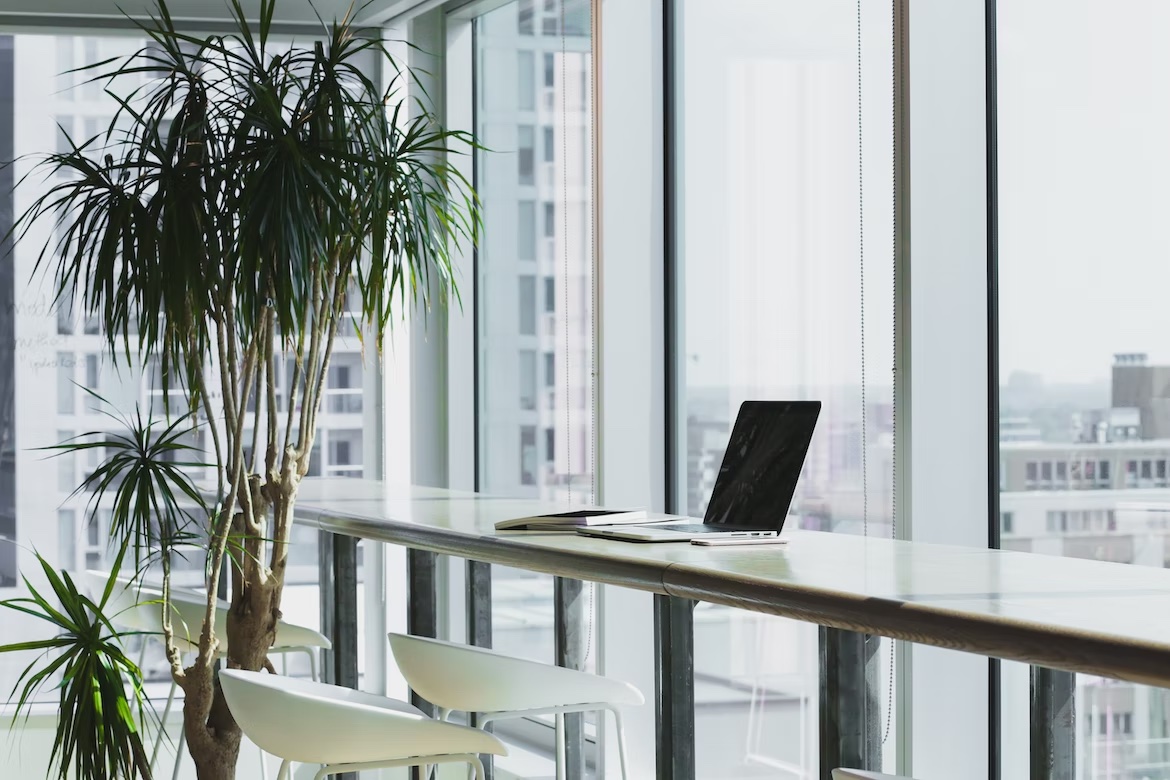New Office Design Trends
2022.10.24

New Office Design Trends
Tackling a commercial construction project is a huge investment and a large undertaking – that’s why you need the best commercial general contractor on the job, ensuring everything will go over smoothly, and you won’t have to deal with unprofessional subcontractors.
And if you’re investing in a commercial office space, you should also consider all the latest design trends – you’ll find that the landscape of office work has changed dramatically over the last couple of years. The predictions and expectations of a proper office have been radically altered. And while that’s not a bad thing by any stretch of the imagination, it does mean that the classic 9-5 cubicle is no longer what the top-performing professionals want.
Interested in learning about the new visual and design identity of office work? Read on!
The New Normal
We’ve heard the phrase “new normal” being mentioned so many times in the COVID and post-COVID era that it started inducing eye rolls. That being said, there’s a reason why we’re talking about the nature of the “new normal” so much in every aspect of our professional lives – the status quo has definitely changed.
Although plenty of people have returned to offices, a future of hybrid work is definitely here – homes are being remodeled to include more office-like amenities, and offices are starting to look more engaging and casual in an attempt to replicate the surprisingly productive yet relaxing home environment.
So, what are some of the most significant considerations for investors and managers looking to design a brand new office space for the post-COVID age?
Sustainability
Unsurprisingly sustainability has shot up the list of business priorities in the past couple of years – especially in the developed world. Office designs in commercial properties stay in line with this trend by trying to make huge corporate offices more eco-friendly on a daily basis.
And that’s not just tied to the number of recycling bins you decide to include in the office space – true sustainability starts with procurement and ends with the very last detail of the office design. All of these efforts lead toward fulfilling carbon net zero policies, which governments worldwide are starting to implement with increasing strictness.
LED lighting has become a staple of the modern office space – as have passive ventilation and a more thoughtful implementation of natural light. The same goes for re-purposed furniture and eco-friendly materials.
Plenty of different certifications (like LEED, SKA, and BREEAM) have been designed to assess your building’s sustainability – use them to demonstrate your dedication to anti-climate-change designs.
High-Tech Designs
Broader connectivity has become another mantra of the modern office space, as the Internet (and our global implementation of remote work technologies) makes geographical constraints increasingly laughable.
That’s why a ton of new office spaces include private virtual collaboration booths, that can be “reserved” by individual employees for sessions with far-flung colleagues. These don’t replace permanent desk spaces – they complement them, helping employees stay focused by providing a dedicated space for touching base with virtual technologies.
Office designs are increasingly experimenting with virtual meeting areas and “borderless” physical designs. Plenty of remote work proponents believed that removing the need for physical proximity would make offices obsolete – but in fact, the opposite happened. Commercial designs started incorporating remote collaboration instead of ignoring it.
Of course, our dependence on various digital tools throughout the pandemic is plainly apparent. And it’s paved the way for implementing new digital platforms in the workplace – like augmented reality and virtual reality tech. Still, for the average office worker, VR and AR tech will likely remain a novelty to use in the break room for gaming or fun, at least in the near future.
Smart Office Buildings
In the past, “smart buildings” were usually novelty pilot projects that let you raise the blinds with an Alexa voice command. However, the smart commercial building of the future is about more than that – it’s about sharing and collecting data, which lets companies understand how to maximize their existing space and its features far better. For example, energy costs can be reduced with a smart lighting system that tracks when and how people need more light - and switching it off when it's not in use and someone in the office forgets to.
Some companies are also experimenting with touchless doors that have proven particularly useful during the pandemic. Improved touchless sensor tech will probably allow for even easier employee traversal of the office space in the future. And smart sensors like thermal scanners, light sensors that detect the level of natural light, air quality alerts, and occupancy detectors will all likely make the office of the future more cost-effective and easier to use. Many of those features aren't cheap or viable yet - but we can already see where the entire industry is leaning.
More Articles
Copyright © Fooyoh.com All rights reserved.